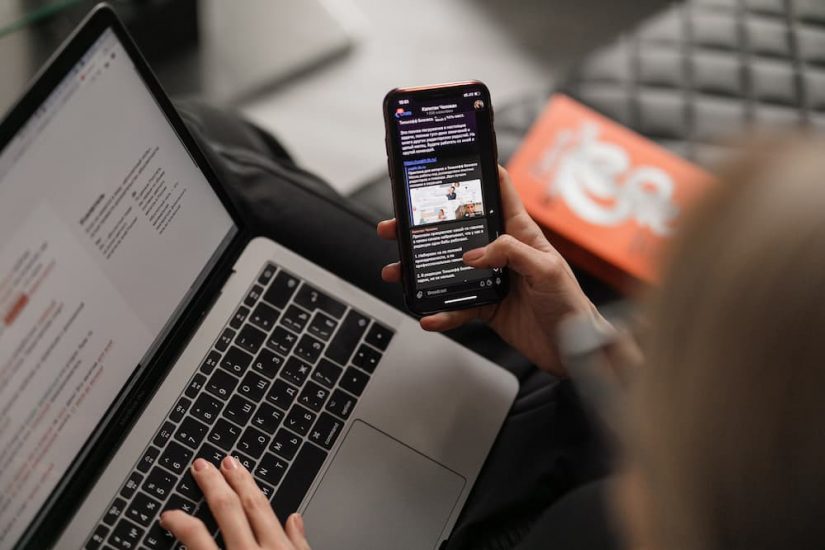A few years back, accessing the internet was a phenomenon common to computer screens alone. But, the increased use of handy mobile devices has witnessed more and more people browsing webpages on their portable screens. This is why website developers are optimizing their pages for mobile devices when crafting their site designs. If you are looking for the key elements to making your website mobile-ready, here’s how to optimize the website for mobile devices.
Go for a Responsive Design
One of the most efficient techniques for working up a website is to use Responsive web designs. A responsive website automatically adjusts to the size and arrangement of the content on the web page to suit the user’s specific device. This approach, in turn, leads to a great user experience and creates more value in terms of search engine optimization. With the development of more and more mobile devices with varying screen sizes, it is essential to have a design that is capable of functioning right under all circumstances. Even if the user changes their device orientation or changes the settings to display a larger text size, a responsive website will still look and function as it should.
Pay Attention to Screen Sizes and Phone Holding Styles
How users hold their devices determines the amount of easily accessible screen space, further impacting their interactions with a website. According to various studies, the most common manner of holding a smartphone is one hand while using the thumb. However, this is also the most limited in terms of reachability, giving the user a limited range of motion on the phone’s screen. Understanding the range of motion of your audience helps in positioning clickable content in easily accessible areas.
Streamline the Navigation Menu
It is crucial to simplify the navigation menu and keep it short as mobile screens are much smaller than laptop and desktop screens. A good choice is to use a hamburger menu style that takes up less screen space while making the individual items appear large enough for the user to tap with their finger. It is located at the top where one expects to get the main navigation features.
Simplify Forms
Filling forms is a bit tough task on mobiles as compared to computers, and that’s why it’s good to restrict the number of fields required to complete the form. Ask only for necessary information, while also replacing as many text fields as possible with checkboxes and dropdowns to simplify the process.
Optimize the Size and Placement of CTAs
Calls to action or CTAs help a person to navigate through your site. Speaking of CTAs on phones, it is essential to optimize the size of the clickable elements, their location on the screen, as well as the distance between different buttons. This makes a huge impact on user experience and increases action completion rates. Understanding the scanning habits of your users will help you figure out the best placement for important CTAs on your page. Usually, people start their scan from the page’s upper left, further moving their way down. The best is to place call-to-actions at the bottom of the content.
Keep Content Short
Large chunks of text can be difficult for users to read as mobile screens are small and narrow. Make sure to go for crisp and concise statements to ensure each text section is fully visible on the screen. This doesn’t require the user to scroll to check out the full text. You can also use numbers, graphics, and icons to replace text whenever possible.
Avoid Pop-Ups
Pop-ups hamper user experience and make the user likely to leave the site if they are difficult to close. The best thing for mobile device pop-ups is to avoid using them if possible. If a pop-up is unavoidable, go for enough user testing to make sure the pop-up is easy to close for all devices.
Optimize Page Speed
Slow websites not only disrupt user experience but also affect search engine rankings. Use PageSpeed Insights tool by Google to check how long it takes your web pages to load on smartphones. If the time exceeds three seconds, the bounce rates will be high. The key is to optimize your page load time, avoid flashy features and unnecessary images, and simplify the design.
Optimize Images
Images are those elements that call for a longer time to load for mobile webpages. Rightly optimizing images will help your website’s SEO, user experience, and rankings. Going for a responsive design enables you to add responsive images that will automatically adjust their size and compress to suit varying screen sizes and types.
